Starburst Galaxy
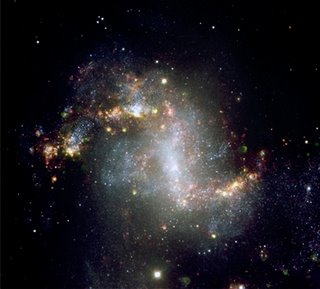
_______________________________________________________
Starburst Galaxy NGC1313 Credit ESO ENLARGE Image
The captivating appearance of this image of the starburst galaxy NGC 1313, taken with the FORS instrument at ESO's Very Large Telescope, belies its inner turmoil. The dense clustering of bright stars and gas in its arms, a sign of an ongoing boom of star births, shows a mere glimpse of the rough times it has seen. Probing ever deeper into the heart of the galaxy, astronomers have revealed many enigmas that continue to defy our understanding.
The galaxy bears some resemblance to some of the Milky Way's closest neighbours, the Magellanic Clouds. NGC 1313 has a barred spiral shape, with the arms emanating outwards in a loose twist from the ends of the bar. The galaxy lies just 15 million light-years away from the Milky Way - a mere skip on cosmological scales. The spiral arms are a hotbed of star-forming activity, with numerous young clusters of hot stars being born continuously at a staggering rate out of the dense clouds of gas and dust. Their light blasts through the surrounding gas, creating an intricately beautiful pattern of light and dark nebulosity.
Starburst galaxies are fascinating objects to study in their own right; in neighbouring galaxies, around one quarter of all massive stars are born in these powerful engines, at rates up to a thousand times higher than in our own Milky Way Galaxy.
In the majority of starbursts the upsurge in star's births is triggered when two galaxies merge, or come too close to each other. The mutual attraction between the galaxies causes immense turmoil in the gas and dust, causing the sudden 'burst' in star formation.
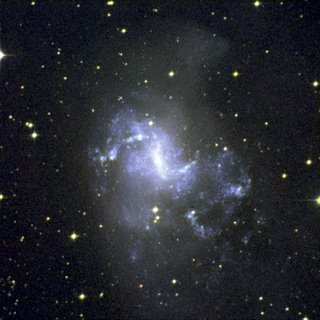
Galaxy NGC1313
view further out
credit ESO
(AAO/ROE/Digital SKy Survey)
ENLARGE Image
_______________________________________________________
Strangely enough NGC 1313 seems to be an isolated galaxy. It is not part of a group and has no neighbour, and it is not clear whether it may have swallowed a small companion in its past. So what caused its asymmetry and stellar baby boom?
An explanation based on the presence of the central bar also does not hold for NGC 1313: the majority of its star formation is actually taking place not in its bar but in dense gassy regions scattered around the arms. By what mechanism the gas is compressed for stars to form at this staggering rate, astronomers simply aren't sure.
In the midst of the cosmic violence of the starburst regions lie two objects that emit large amounts of highly energetic X-rays - so-called ultra-luminous X-ray sources (ULX). Astronomers suspect that they might be black holes with masses of perhaps a few hundred times the mass of our Sun each, that formed as part of a binary star system. How such objects are created out of ordinary stars cannot be conclusively explained by current models.
ESO outreach press release 23rd Nov 2006
_______________________________________________________
van den bergh 152 by Giovanni Benintende @ Universe Today
Where do baby stars come from podcast @ Universe Today
_______________________________________________________
_______________________________________________________
"The more you know the less you need to say." - Jim Rohn
_______________________________________________________
_______________________________________________________
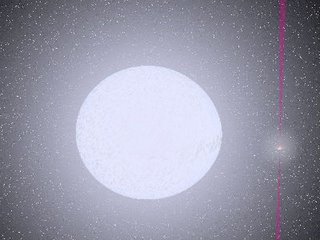


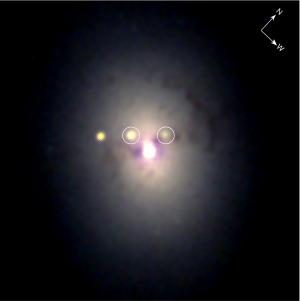







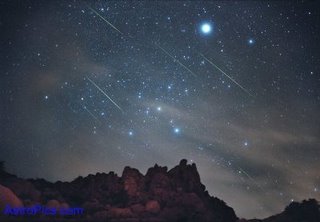

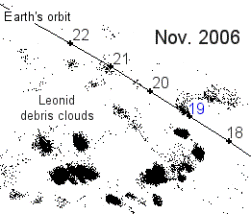
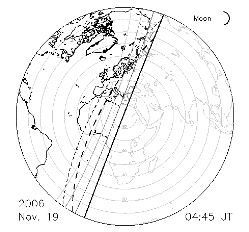

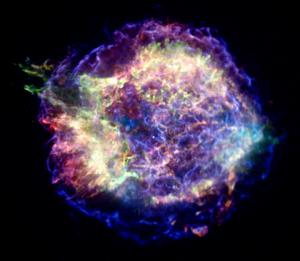









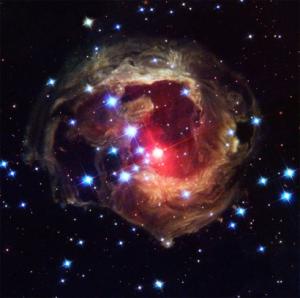


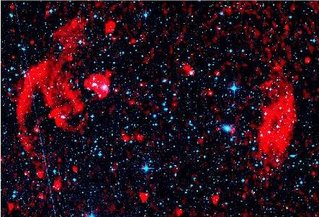





The companion star to the compact object is a massive star that is losing material from its surface. This matter is then captured by the compact object's strong gravitational field and spirals down towards the surface. Some of this material is then ejected in two jets travelling at 20% of the speed of light. In fact, the real nature of LS5039 is something of a mystery. It is not clear what the compact object is. Some of the characteristics suggest it is a neutron star, some that it is a black hole. Not only that, but the jet isn't much of a jet; although it is moving at about 20% of the speed of light, which might seem a lot, in the context of these objects it's actually quite slow.
Nor is it clear how the gamma rays are being produced. Very high energy gamma rays emitted close to the companion star are more likely to be absorbed, creating a matter/antimatter cascade, than escape from the system.
The results were obtained using the High Energy Stereoscopic System (H.E.S.S.) telescopes in Namibia, in South-West Africa. This system of four 13 m diameter telescopes is currently the most sensitive detector of VHE gamma-rays - radiation that is a million, million times more energetic than the visible light.
These high energy gamma rays are quite rare even for relatively strong sources; only about one gamma ray per month hits a square metre at the top of the Earth's atmosphere. Also, since they are absorbed in the atmosphere, a direct detection of a significant number of the rare gamma rays would require a satellite of huge size.
The H.E.S.S. telescopes employ a trick - they use the atmosphere as detector medium. When gamma rays are absorbed in the air, they emit short flashes of blue light, named Cherenkov light, lasting a few billionths of a second. This light is collected by the H.E.S.S. telescopes with large mirrors and extremely sensitive cameras and can be used to create images of astronomical objects as they appear in gamma-rays.